Images: 'Small World' Photo Contest Winners
Each year, the Nikon Small World contest seeks the most impressive photos taken under the miscroscope. Here's a look at 2014's winning entries, which include a rare shot into the open mouth of a rotifer, a picture of a caterpillar's stubby leg and a photo of a jumping spider's intense gaze. [Read full story on Small World photo winners]
1st place
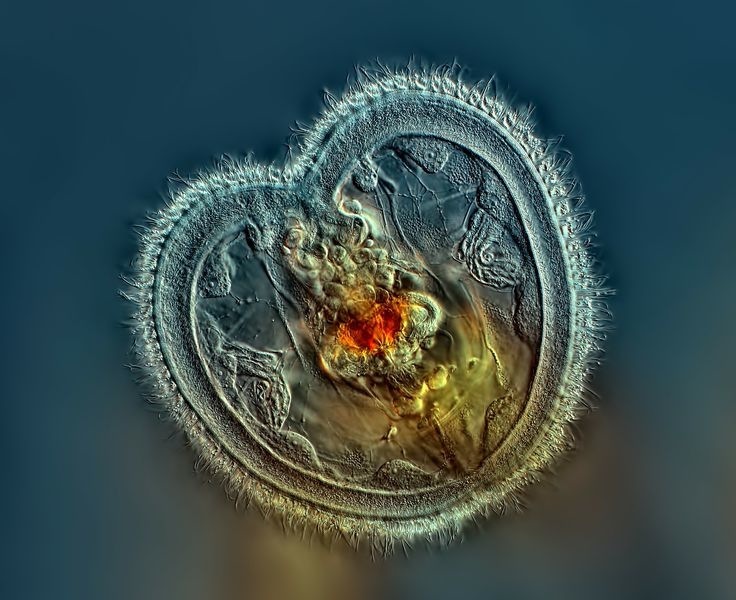
Open wide. This patiently composed shot shows a rotifer — one of the smallest animals in the world — at the moment it opened its tiny mouth. Those hairy edges are actually cilia that sweep water into the creature's maw. (Credit: Rogelio Moreno, Panama)
2nd place

Cleavage apparently isn't just a concern for fashion photographers. A microscopist captured this shot of the so-called "cleavage" of a calcite crystal, after it was broken along a specific plane in the crystal lattice. (Credit: Alessandro Da Mommio, Università di Pisa, Italy)
3rd place
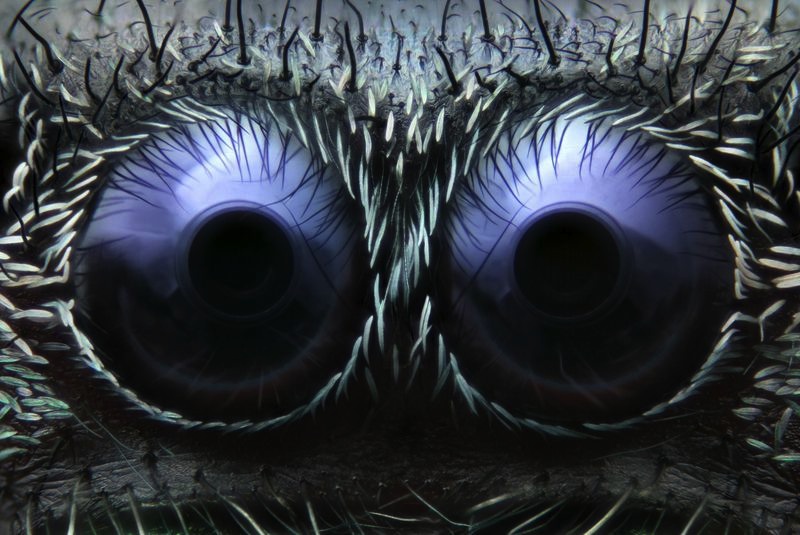
Jumping spiders might not win an beauty contests, but there's something very expressive about their eyes. The spiky-haired creatures have just as many eyes as they do legs (eight), though this portrait just shows two. (Credit: Noah Fram-Schwartz, Greenwich, Connecticut)
Sign up for the Live Science daily newsletter now
Get the world’s most fascinating discoveries delivered straight to your inbox.
4th place
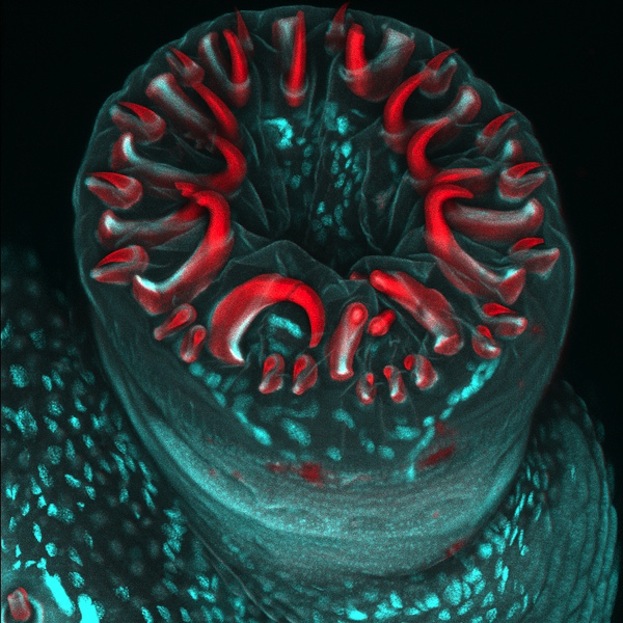
Too primitive to be considered a true leg, this puffy stub on a caterpillar is called a proleg. Shown in red are the proleg's little gripping hooks. (Credit: Karin Panser, Institute of Molecular Pathology, Vienna)
5th place
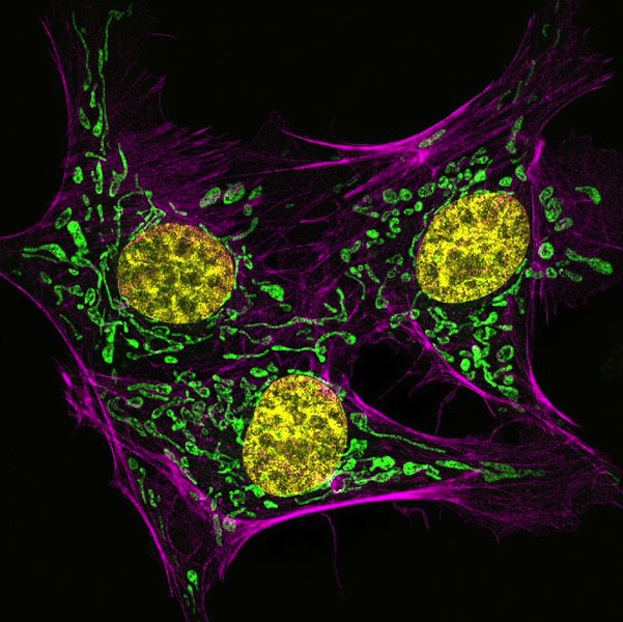
These stained endothelial cells lined a cow's pulmonary artery, the route that carries blood from the heart to the lungs. The pink shows actin proteins, mitochondria is in green and DNA is in yellow. (Credit: Muthugapatti K. Kandasamy, Biomedical Microscopy Core, University of Georgia, Athens, Georgia)
6th place
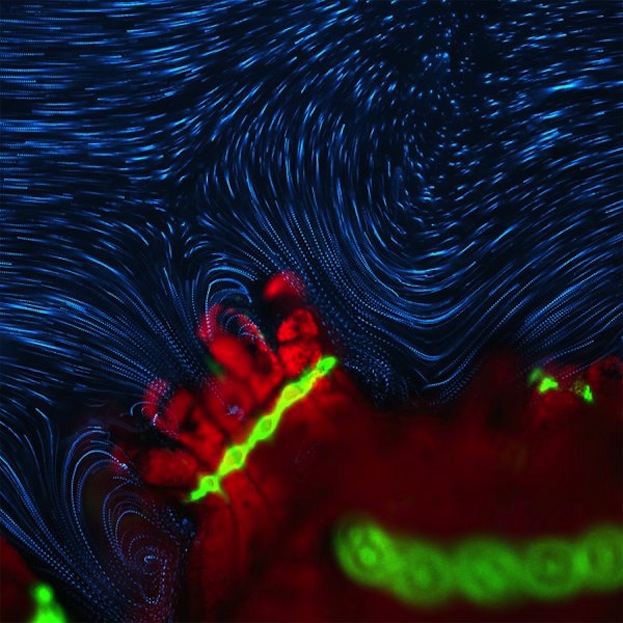
With hints of "Starry Night," this shot shows fluid swirling around a coral polyp of the species Pocillopora damicornis, also known as the cauliflower coral. (Credit: Douglas Brumley, Massachusetts Institute of Technology)
7th place

Are Netflix and Hulu making your DVD player obsolete? You could always take it apart and turn it into a microphotography project. This image shows the circuitry in a DVD reader at 100x magnification. (Credit: Dennis Hinks Cleveland, Ohio)
8th place
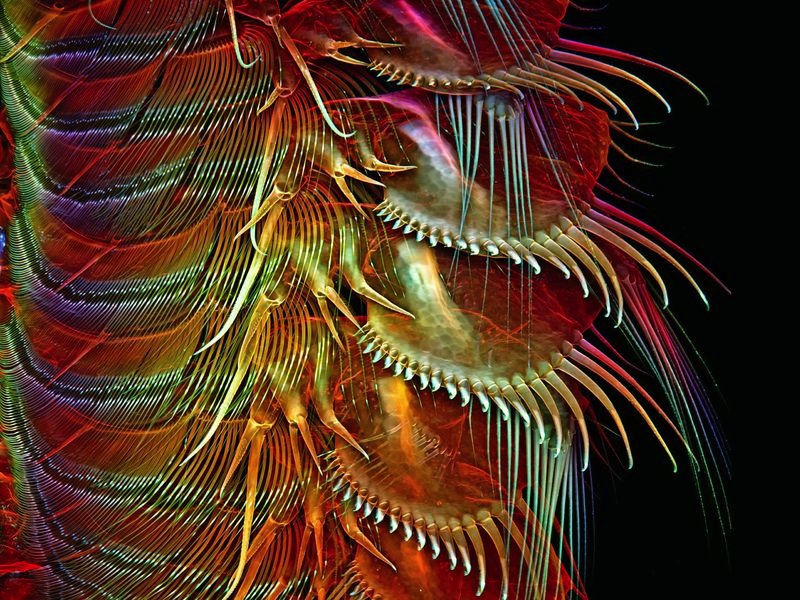
As their name suggests, brine shrimp love salt. They are found in the world's hypersaline lakes, including Utah's Great Salt Lake. This image shows a common brine shrimp's appendages. (Credit: Igor Robert Siwanowicz, Howard Hughes Medical Institute, Ashburn, Virginia)
9th place

The parsley that comes sprinkled on soup looks fascinating under the microscope. In this photo, a parsley ovary has been fixed and stained to show lectins in red and nuclei in blue. (Credit: Meritxell Vendrell, Universitat Autònoma, Barcelona)
10th place
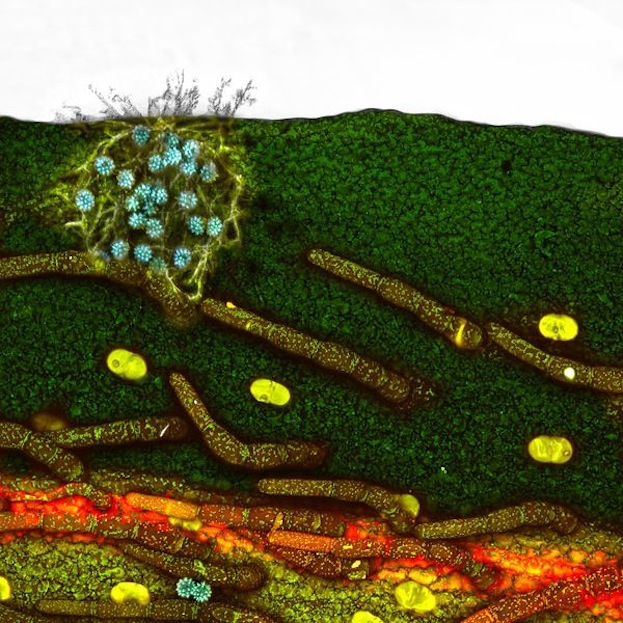
This fantastical landscape is actually a daisy petal with fungal infection and pollen grains. (Credit: Paul Joseph Rigby, The University of Western Australia)

James Webb Space Telescope finds a wild black hole growth spurt in galaxies at 'cosmic noon'
'Rabbits sometimes make mistakes or grow lazy. That's when the tortoise seizes its chance': Chinese scientists make nuclear power breakthrough using abandoned US research
What is 'induced atmospheric vibration' and did it really cause power outages across Spain and Portugal?









